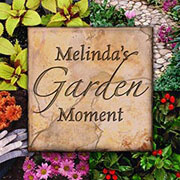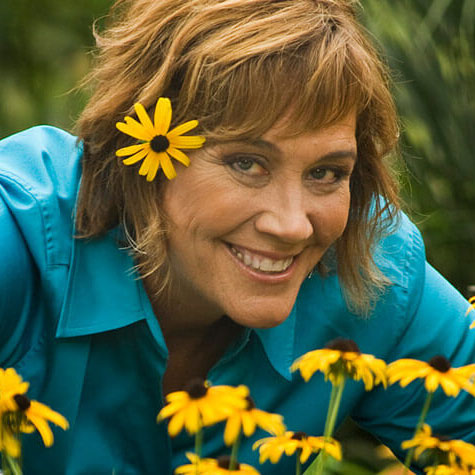
Melinda's Garden Moment Video

Melinda Myers
Nationally known gardening expert, TV/Radio host, author & columnist with over 30 years of horticulture experience and tons of gardening information to share! www.melindamyers.comMelinda's Garden Moment videos will help you create that beautiful landscape you’ve always wanted. Each week throughout the growing season, a new gardening video will be added right here, so be sure to stop back. You can also watch Melinda’s Garden Moments on your local network TV station affiliate.
Selecting Healthy Plants
Purchase healthy plants suited to the growing conditions in your backyard to insure a great start to a productive and attractive garden.
Look for plants with deep green or appropriately colored leaves free from brown edges that indicate moisture stress. Then check along the stems and the undersides of the leaves. Brown spots, holes, bronzing, or speckling indicate insects and diseases are present.
Then lightly brush over the plants. If a cloud of white, fly-like insects appear, white fly is a problem, leave those plants behind. You dont need to spend money bringing problems into the landscape.
And with transplants, bigger is not always better. Look for nice sturdy, stout plants. And see that they havent filled up the container with their roots. Pot bound plants dont recover from transplant shock as readily.
The right purchase is the first start to a beautiful, healthy, and productive garden.
A bit more information: Go for the green, leaves, that is. Young flowerless transplants will adjust to their move from the pot to the garden more readily than those in full bloom. Flowering transplants expend their energy on flowering and forming seeds instead of developing roots.
You can help flowering transplants adjust. Remove the flowers at the time of planting. I know it is hard to discard the colorful blooms you have waited for all winter. But a little sacrifice now will increase flowering throughout the season.
Reduce the anguish and save a few blooms by staggering flower removal. Remove the flowers from every other transplant at planting and the rest a week or so later. Or perhaps you prefer every other row. Once you see the benefits it will be a bit easier to remove those flowers next time you plant.